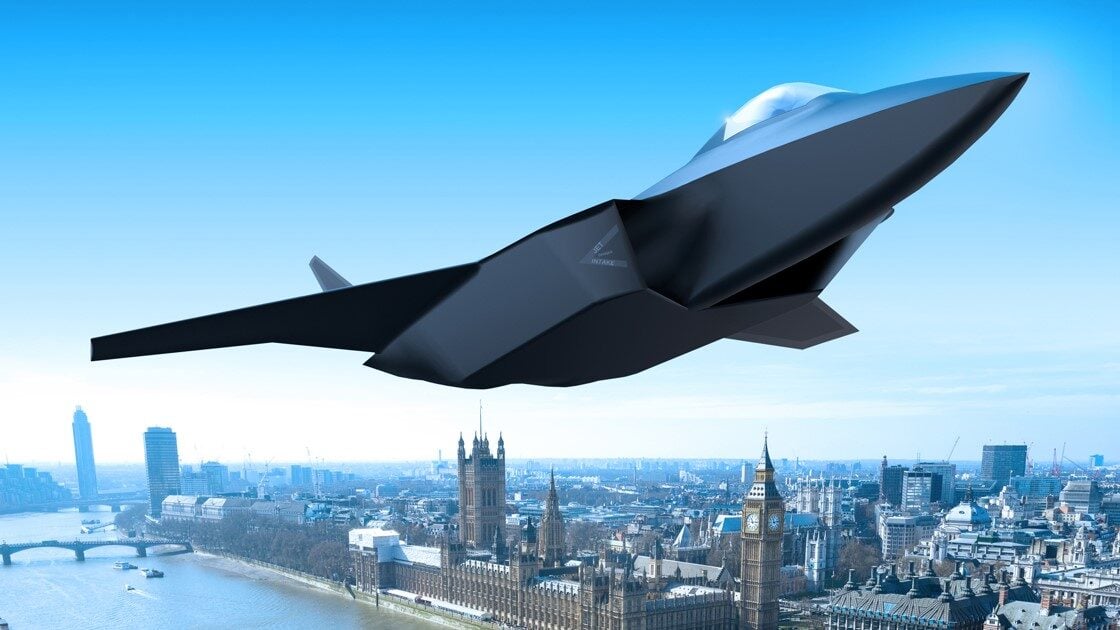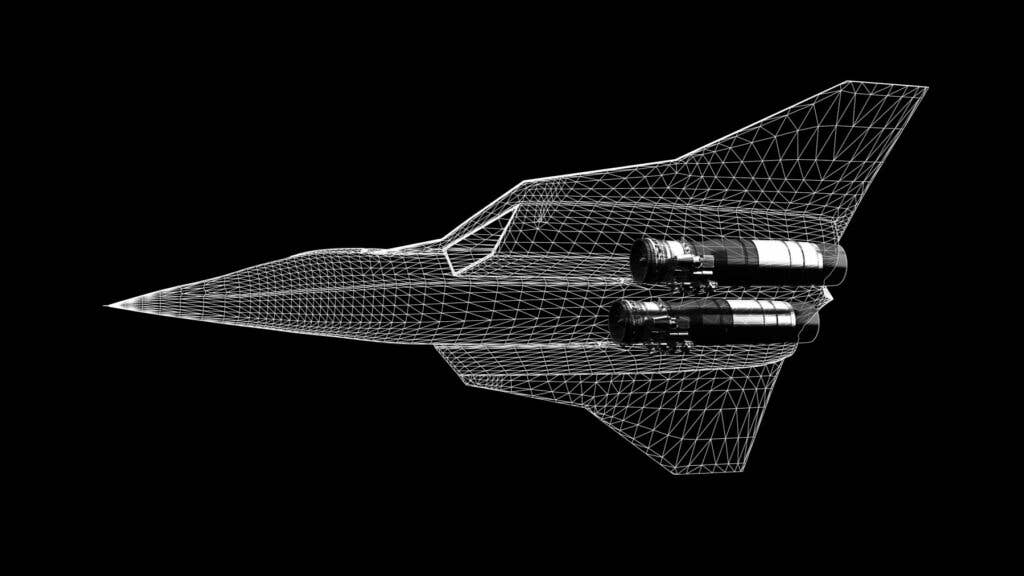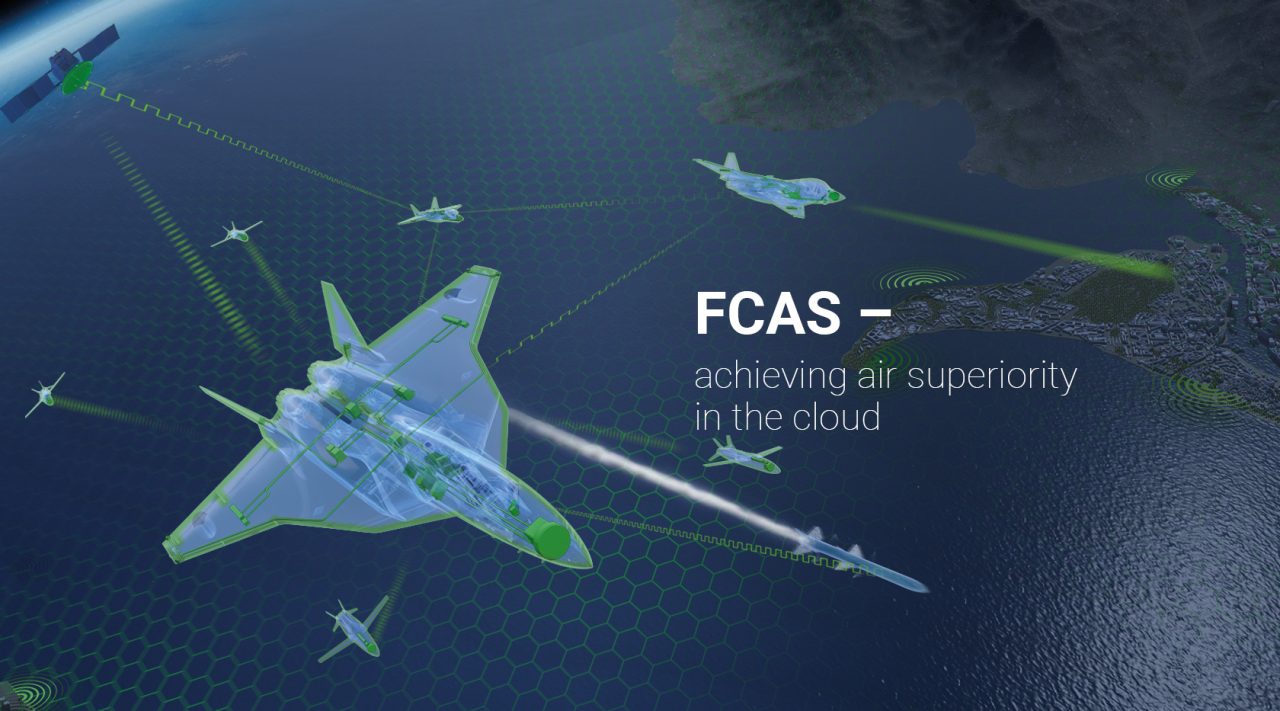Earlier this month, an agreement was signed by the UK, Japan, and Italy to develop the Global Combat Air Program (GCAP), which will see them work together on next-generation fighter aircraft. The deal fused the UK-Italy Tempest and Japan’s F(X) programs.
As negotiations to establish the responsibilities of each nation in the ambitious project move forward, Italy has raised a precondition for the functioning of the GCAP.
Rome’s defense minister told Reuters that Italy must be treated equally in cooperation with Britain and Japan to produce the new fighter.
Minister of Defense Guido Crosetto said Rome would decide how much to invest in the multi-billion dollar project after further specifics were established.
Crosetto said, “Italy can only continue along this path if it has the same weight as Japan and Britain on technology, research and later, if it comes to that, on the results,” while adding that he wanted a “33%-33%-33%” breakdown.

The design of the aircraft will be led by the British company BAE Systems PLC (BAES.L), the Japanese company Mitsubishi Heavy Industries (7011.T), and the Italian defense company Leonardo (LDOF.MI), with participation from other defense manufacturers, including the European missile manufacturer MBDA.
Crosetto further stressed that there shouldn’t be any restrictions on collaborating with the competing European program, and the GCAP should also seek out new partners, particularly in Europe.
“I think the challenge is to accelerate the research and technology part significantly and become attractive to other nations in the next two or three years,” he said. It is pertinent to note that even the UK has thrown its weight behind collaborating with new partners in the future if the program and situation so permit.

The trio of Italy-UK-Japan with their Global Combat Air Program is competing against another next-generation fighter development effort of Europe- the France-German-Spain led Future Combat Air System (FCAS) program.
European aircraft manufacturer Airbus, France’s Dassault Aviation, Spain’s Indra, and several subcontractors will cooperate on the Future Combat Air System.
A contract to create flying prototypes for an FCAS was awarded by the French Directorate General of Armaments (DGA) on December 16. An FCAS and its component demonstrator will be developed as part of the historical arrangement, valued at 3.2 billion Euros (or $3.4 billion). They will take about three and a half years to complete.
As for the GCAP, while the UK government had earlier stated that the first flight of the next-generation fighter jet would be possible only by 2035, Japan has reportedly changed the schedule.
Japan’s All New GCAP Schedule
According to Japan’s Ministry of Defense (MoD), ground and flight testing for the new sixth-generation fighter jet being built under the tri-nation Global Combat Air Program (GCAP) could begin before the decade’s end. This contrasts with the British contractor BAE’s previous claims that the next-generation aircraft will be ready by 2035.
According to the Japan MoD, it “plans to start [the] preliminary design of the platform, engine manufacturing” and other systems because of this time limit, Janes reported. As per the Uk government, the development phase will start in 2024.
“While [the] three countries are still co-ordinating the details of [the] GCAP development schedule, starting the ground and flight tests around 2029 is being considered as a possible scenario,” the Japan MoD said.
At the time of announcing the signing of the agreement for GCAP, the UK government had noted in a statement that “By combining forces with Italy and Japan on the next phase of the program, the UK will utilize their expertise, share costs and ensure the RAF remains interoperable with our closest partners.”

It further stated that the three GCAP partners must first focus on creating the “structures” and “core platform concept” necessary to start a development phase. Before that, specifics about cost-sharing arrangements will be finalized directly based on national budget assessments. Japan is significantly bolstering its defense spending in a departure from traditional practice.
On a larger scale, the new alliance, especially the links between the UK and Japan, appears to be a definite indication that long-term funding of a next-generation fighter will be much more guaranteed, as previously noted by Breaking Defense.
This is also the first time in several decades that Japan has moved over its military dependence on the US and signed an agreement outside that traditional partnership.
Senior research fellow for airpower and technology at the Royal United Services Institute, Justin Bronk, said, “Considering Japan’s enormous economic and unambiguous [fighter] requirement because of its proximity to China and all that implies, the [GCAP] agreement is one of the only practical ways — given the status of UK, German and French relations — to get toward more viable levels of funding.”
The GCAP seems to be working out the details for the program to be kick-started finally. The next-generation fighter jet will replace the Eurofighter Typhoons in the UK and Italy and the F-2 fighter jet in Japan.
With the rival FCAS now catching speed despite being marred by delays due to their differences, the GCAP trio will likely accelerate their program.
- Contact the author at sakshi.tiwari9555 (at) gmail.com
- Follow EurAsian Times on Google News




